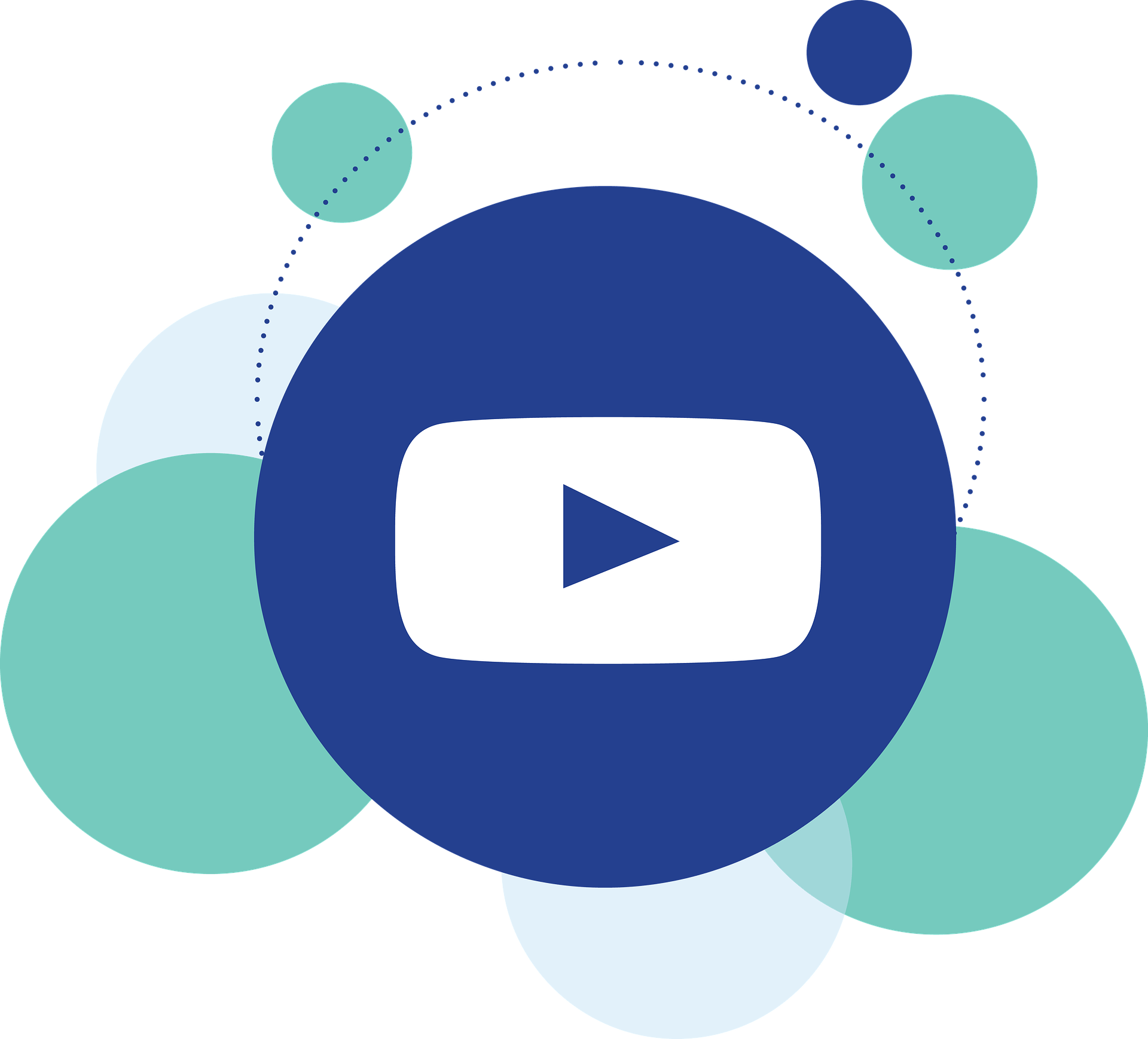The HERO system for social media video success!

Social video methods to improve traffic and virality
As a social media user, most of us have run into great video content that we just can’t help but share with our friends. What separates social media that is readily shareable from that which is quickly scrolled past? There’s a simple formula that can ensure you create consistent video content for social media that will always have the opportunity to go viral and make a major mark for your clients and your brand!
The Hero System:
- Hook - The first 3 to 5 seconds are the most crucial part of your video as that’s the window in which most users decide whether to scroll or stay put. Strong visuals are the best option to hold an audience with extremely strong headlines serving as a more-than-serviceable second option. If a headline is used, it must be very large (i.e. it must fill most of the frame) and elicit an emotional reaction from the viewer.
- Empathy – Any type of content, no matter how raw or unedited, can spur feelings of empathy if properly positioned. People want to see themselves in the videos they watch – and THAT is why they will share. Think of the Dove videosfrom years past or the “ It’s not a frog” video that captivated viewers and has garnered over 135 million shares.
- Response –For someone to feel compelled enough to respond to your video by sharing, commenting, or reacting, they need to feel an emotional connection to your content. Humor, perspective, and storytelling are all fantastic mechanisms to achieve this response through. Keep in mind, though, your audience has a limited attention span (more on that in the next point), so keeping your content relatively short is advantageous when looking to maximize engagement.
- Overdeliver – People are inundated with content, and audience attention spans have shrunk commensurately. If you want to stand out, you need to crush it on an editorial level. On a scale of 1-10, the value you provide needs to be 7+. Do not tease with your content, deliver! “Overdelivering” does not necessarily mean longer content, but it should necessarily mean your video cuts to the chase and proposes its value proposition to the user quickly and clearly.. Go the extra mile to ensure your video provokes a person’s emotion and delivers on its value proposition..
Basic anatomy of good social video content:
- Headline or hook shot – this should be the most stunning part of your video content or the most alluring headline you can muster.
- The most shareable piece of information. Do not bury the lede! Having it right up front after the introduction is critical in keeping the viewer in place. This is where your best content goes.
- The next most shareable piece of information.
- The body of information – this is where the details come in.
- One final additional layer of value – remember, we are overdelivering!
- Keep the length of a social media video as short as possible. Attention spans are easy to stretch in today’s world.
- Ensure the video works without sound when it starts as most videos start playing silently in social media! Visual appeal is central.
- Format all videos in a 1x1 or full portrait mode to ensure it is as large as possible on the small screens of your viewers, as most use mobile phones to access social media.
By following the simple rules of video social media success, you can increase the likelihood that your videos and your brand will become a valuable part of any news feed!










